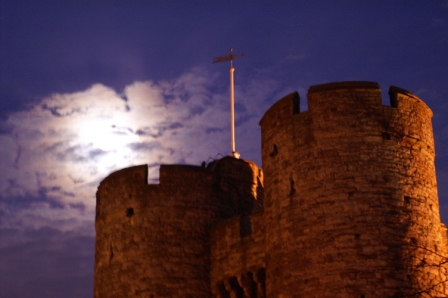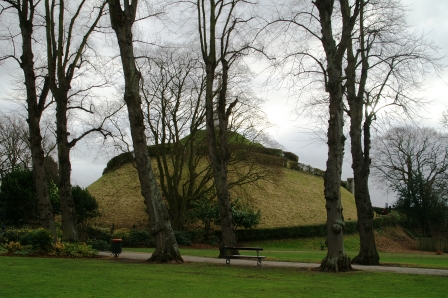Canterbury
A Must-See Destination

Canterbury Cathedral
Durovernum Cantiacorum, meaning "stronghold of the Cantiaci by the alder grove," is a beautiful spot in southwest England. This land was once home to the Cantiaci, a Celtic tribe, before the Romans arrived and bestowed upon it its Latin name. A century after the Romans departed, it became a favored refuge for Jutish (Danish) settlers, who renamed the place Cantwaraburh, meaning "Kent people's stronghold." Today, it is known as Canterbury.
In 597 AD, Pope Gregory the Great sent Augustine to convert King Æthelberht of Kent to Christianity. Following this conversion, Augustine established the city as an official seat (episcopal see) for the Holy Catholic Empire in Britain. The Danes attacked again in 991. Remembering the destruction they had caused previously, the inhabitants of Canterbury did not resist William the Conqueror's invasion in 1066. William promptly ordered the construction of a wooden motte-and-bailey castle near the old Roman city wall. In the early 12th century, this castle was rebuilt in stone.

Stone gatehouse
Archbishop Thomas Becket was murdered at Canterbury Cathedral in 1170 for resisting King Henry II of England's plans to undermine the Catholic Church. This event elevated Canterbury's significance in Europe. Pilgrims from across Christendom journeyed to visit the shrine of the deceased Archbishop. Geoffrey Chaucer's 14th-century collection of stories, "The Canterbury Tales," originated from this tale of woe.
Even this brief overview of Canterbury's history reveals why the city is a worthwhile destination when visiting England. Although heavily bombed during World War II, much of its past is still evident in its well-preserved architecture. The Canterbury Cathedral stands as a prime example. However, within a short walk from the minster, you can discover remnants of Roman stone walls, impressive stone gatehouses, a Roman burial mound (later used by the Normans as a foundation for a castle), and numerous fantastic examples of Tudor buildings.

Roman burial mound
During your visit to Canterbury, a punt boat tour on the River Stour, or Great Stour, is highly recommended for unique perspectives of the city. Additionally, a stroll along the main street offers a glimpse into modern-day Canterbury, where ancient buildings blend with contemporary shopping. As you wander through the heart of town, you'll encounter students, shoppers, street performers, and fellow tourists.
Canterbury is a magnificent city brimming with history. Today, it serves as a modern shopping and tourist hub, yet its rich past is palpable in its people, buildings, and the stories they hold. It awaits your exploration.